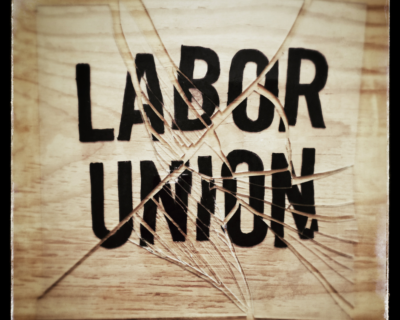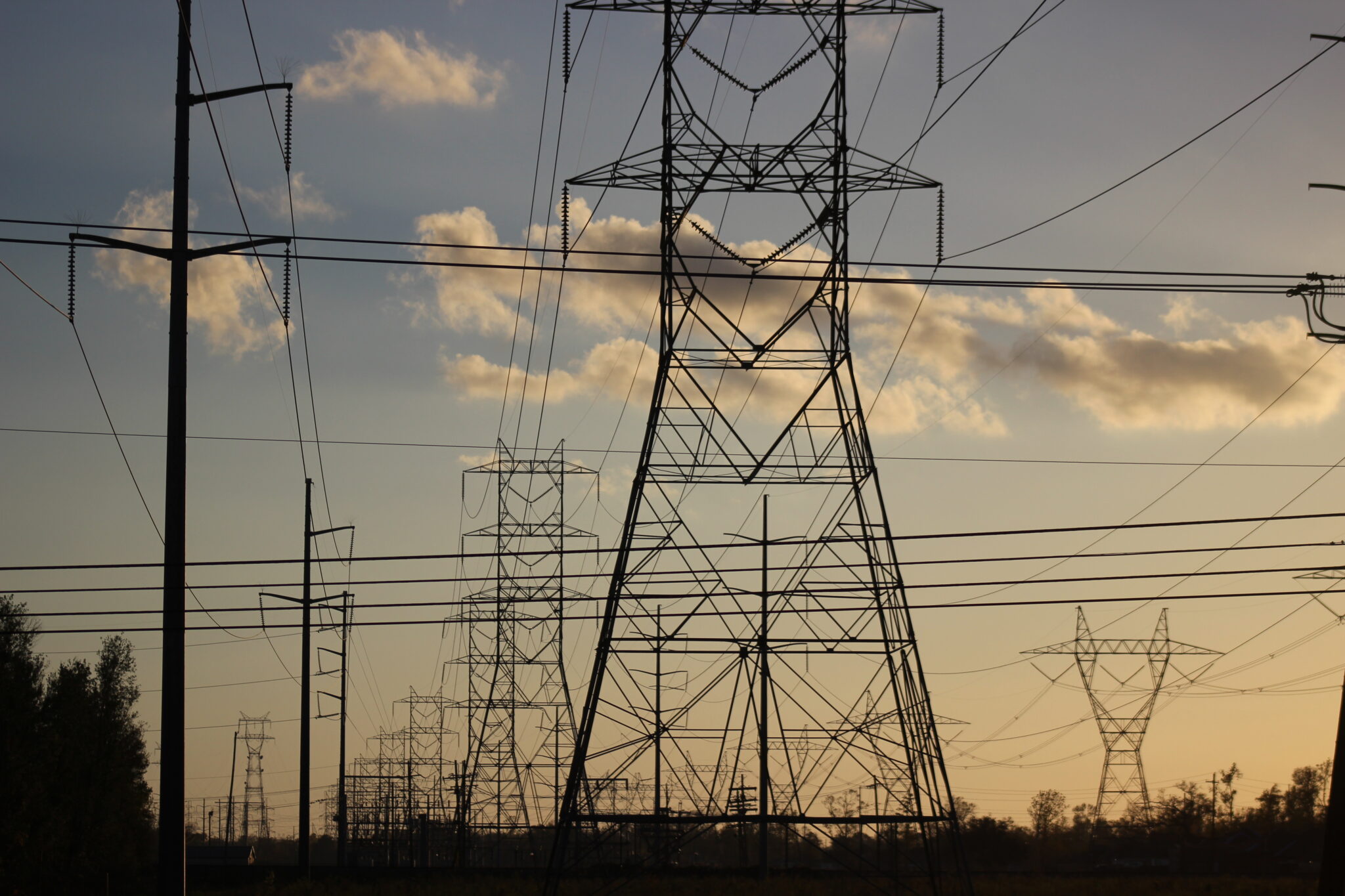Study Alleges Louisiana Has Largest Male-Female Wage Gap In U.S.
Bureau of Labor Statistics Data Paints a Different Picture
NEW ORLEANS, La. – A new study by the Center for American Progress alleges that Louisiana has the widest male-female wage gap in the country.
The report states that businesses in Louisiana pay women 67.2 cents for every dollar earned by a comparable male employee.
Desmond Brown, who helped author the study, claims that he would like to see Louisiana move closer to the national average of 78.6 cents, although he said he would not be satisfied with that either.
“We want to see women making the same rate wage as men in each state across the country,” Brown says.

According to Bureau of Labor Statistics data, women working at least 35 hours per week year-round earned 77.1 percent of what the typical American man made. But, when the comparison is restricted to those working 40 hours a week or more, the wage gap narrows to 87 percent.
People often assume that the gender gap measures how much a woman is paid for doing the same job as a man. However, the figure is based on a broader view of employment, aggregating all workers, regardless of job title. Right off the bat, this skews the statistics, as men, on average, work in higher-paying fields.
Cornell University economists Francine D. Blau and Lawrence M. Kahn found that when the data is adjusted for factors such as education, experience, occupation and industry, the remaining “unexplained” gender gap in 1998 was 9 percent.
“The make up of the industry plays a big role — industrial jobs, shipping, fishing, etc. are all relatively high paying, male-dominated fields.”
Walter Block, economics professor at Loyola University New Orleans, agrees with Lukas, and speculates that Louisiana has a disproportionate number of jobs that “require physical strength compared to other more ‘white collar’ states.”
Lukas also cites a study by Reach Advisors, which found that in 147 of the 150 largest U.S. cities, the median full-time salary of unmarried, childless women under 30 was 8 percent higher than those of men in their peer group.
She says that a lack of “unmarried, highly educated single women” in Louisiana may be contributing to the low ranking, along with a relatively high birthrate.
Harvard University economist Claudia Goldin concedes that when you first see statistics on the wage gap, there appears to be a “glass ceiling”. However, when looking closer at the data, Goldin contends that “you find lots of evidence of people making rational choices”.
In addition, a 2009 Department of Labor study concluded that wage disparities alone do not prove discrimination.
The study found that the compensation difference between men and women depended on a multitude of factors, and that the “raw wage gap should not be used as the basis to justify [government intervention].”
Adding fuel to the fire, a 2009 Northwestern University study concluded that, “male workers, especially those under 35 and those without a two year or four year college degree, have fared far worse than female workers on a variety of fronts, including increases in unemployment, losses in civilian employment, and rising rates of labor underutilization.”
Also, Bloomberg News reported that sixteen women heading companies in the Standard & Poor’s 500 Index averaged earnings of $14.2 million, 43% more than the male average. Women who were CEOs during the 2008 financial crisis averaged raises of 19 percent — while men took a 5 percent cut.
The issue of a male-female wage gap arose during Louisiana’s last legislative session, where Democratic representative Barbara Norton reintroduced her “Equal Pay for Women Act”. The bill was defeated, as it has been several times in recent years.
Robert Ross is a policy analyst with the Pelican Institute for Public Policy. He can be contacted at rross@pelicanpolicy.org, and you can follow him on twitter.





